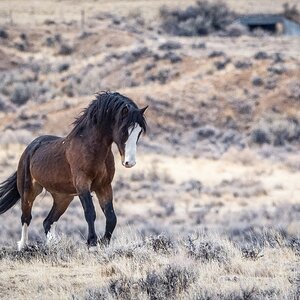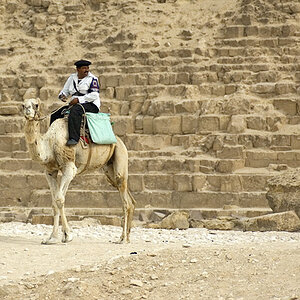N1kon1k
No longer a newbie, moving up!
- Joined
- Dec 5, 2015
- Messages
- 151
- Reaction score
- 39
- Can others edit my Photos
- Photos OK to edit
Hey guys as I learn more about photography? The more demanding and critical of my shots I become... it's getting to the point that I almost forget to have fun with it and scrutinize every aspect of the shot lol...
I know I'm very meticulous and harsh on myself but lately I started struggling with sharpness on my photos...
Camera D750
Lens 24mm-120mm F4
The camera is great... lens is pretty sharp
But my struggle seems to whether I need to focus on the foreground? Or further up the foreground because depth of field will tend to extend both beyond and before the focus point?
I have been reading on front to back sharpness and a lot of people focus stack 4/5 images for better sharpness throughout?
My problem with this? Is that often times you're dealing with things in motion, and will make you spend more time in post and give you bad habits on site...
How do you guys normally deal with this in landscape?
I know I'm very meticulous and harsh on myself but lately I started struggling with sharpness on my photos...
Camera D750
Lens 24mm-120mm F4
The camera is great... lens is pretty sharp
But my struggle seems to whether I need to focus on the foreground? Or further up the foreground because depth of field will tend to extend both beyond and before the focus point?
I have been reading on front to back sharpness and a lot of people focus stack 4/5 images for better sharpness throughout?
My problem with this? Is that often times you're dealing with things in motion, and will make you spend more time in post and give you bad habits on site...
How do you guys normally deal with this in landscape?


![[No title]](/data/xfmg/thumbnail/35/35878-753a9d58c095f0e1aaa96d03c025f6ce.jpg?1619737205)
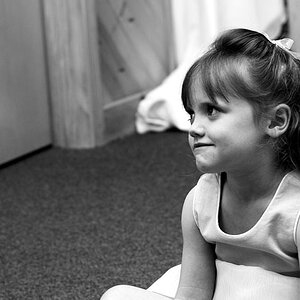
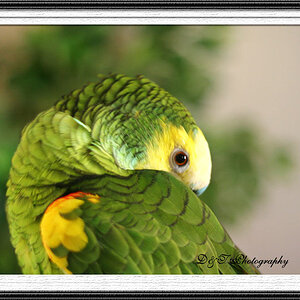
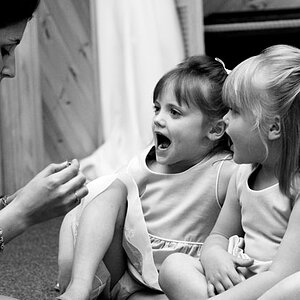
![[No title]](/data/xfmg/thumbnail/38/38262-10a9668da9a2b36a92cddde57caf87bc.jpg?1619738547)
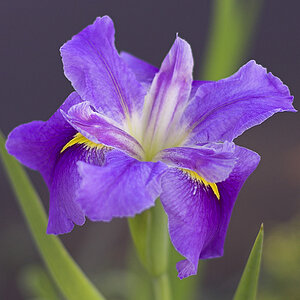

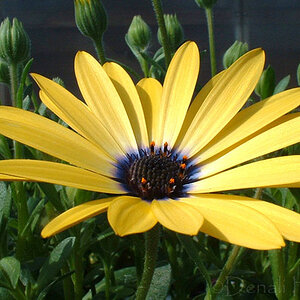
![[No title]](/data/xfmg/thumbnail/35/35880-9a6926237907ab72b42781d9a09698a6.jpg?1619737209)
